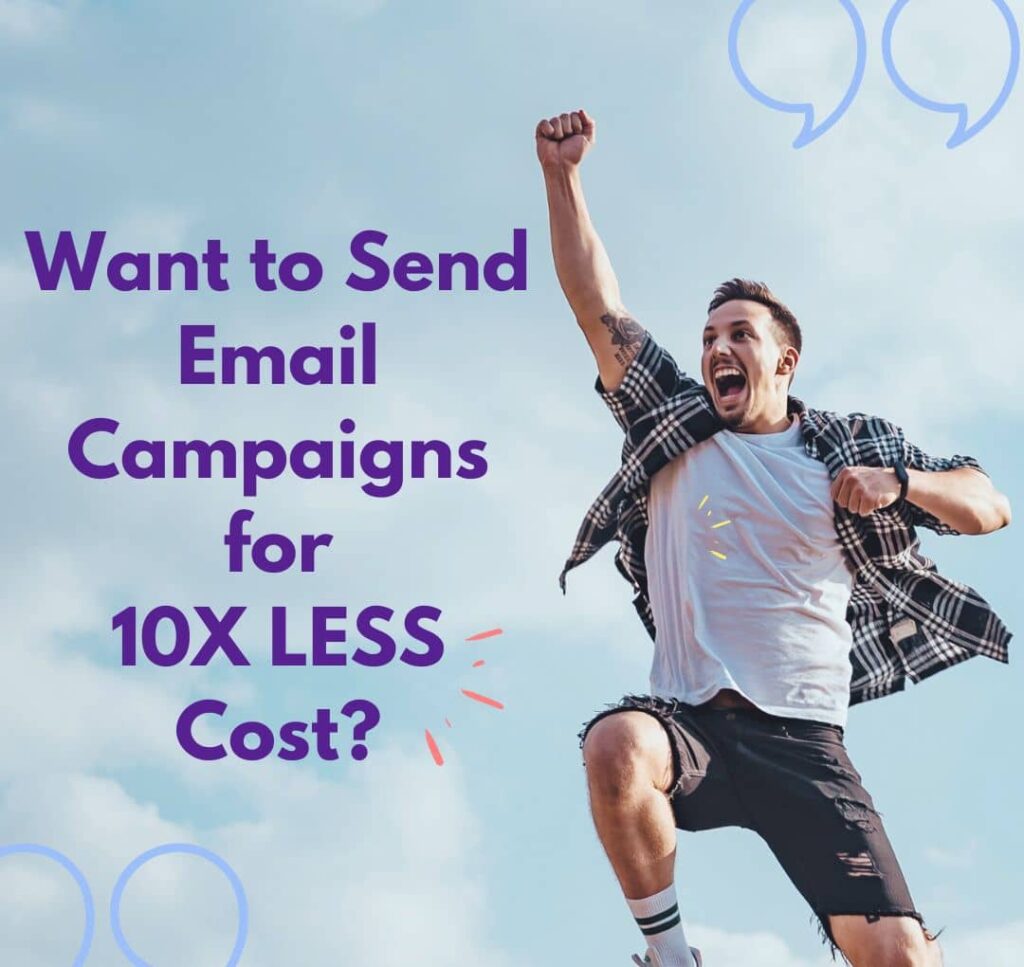How to create Effective SendGrid Email API Strategies for Campaign Success?
Creating effective SendGrid Email API strategies for campaign success requires a strategic approach that encompasses understanding your audience, crafting compelling content, and optimizing your campaigns based on data and feedback. By following a structured process that includes defining clear goals, segmenting your audience, personalizing your emails, and implementing automation and optimization techniques, you can maximize the impact of your email marketing efforts.
What are the key components of an effective email marketing strategy using the SendGrid Email API?
Unlocking the full potential of your email marketing strategy with the SendGrid Email API involves mastering a dynamic blend of key components, each playing a crucial role in your campaign’s success:
- Segmentation Sorcery: Tailor your messaging by segmenting your audience based on their preferences, behaviors, and demographics. With the SendGrid Email API, you wield the power to create hyper-targeted campaigns that resonate deeply with each segment. Effective SendGrid Email API Strategies for Campaign Success
- Personalization Potion: Infuse your emails with personalized touches that captivate your recipients. With the SendGrid Email API’s magic, you can weave recipient names, locations, and past interactions seamlessly into your emails, forging connections that feel truly enchanted.
- Design Charms: Enchant your audience with visually stunning and mobile-responsive email designs. Harness the creative spells of the SendGrid Email API to craft captivating templates that dazzle on any device, casting a spell of engagement over your subscribers.
- Automation Enchantment: Set your campaigns aglow with the power of automation. With the SendGrid Email API as your wand, you can create automated workflows that trigger personalized emails based on user actions, from welcome spells for new subscribers to re-engagement charms for dormant contacts.
- Analytics Alchemy: Peer into the mystical realm of email performance with the SendGrid Email API’s powerful analytics. Uncover insights into open rates, click-through rates, and conversions, guiding your path towards ever-greater campaign success. Effective SendGrid Email API Strategies for Campaign Success
- Deliverability Wizardry: Ensure your messages reach the right inboxes with the SendGrid Email API’s deliverability enchantments. Protect your sender reputation, ward off the dark forces of spam, and ensure your emails land safely in the hands of your audience.
- Continuous Conjuring: Embrace the spirit of experimentation and iteration as you refine your email marketing strategy. With the SendGrid Email API as your trusty spellbook, you can continuously conjure new tactics, test enchantments, and evolve your campaigns to achieve ever-greater feats of magic. Effective SendGrid Email API Strategies for Campaign Success
Harnessing the potent magic of the SendGrid Email API, you can weave a tapestry of email campaigns that captivate, convert, and leave your audience spellbound. Effective SendGrid Email API Strategies for Campaign Success
How can segmentation enhance the effectiveness of email campaigns sent through the SendGrid Email API?
Segmentation works like magic in enhancing the effectiveness of email campaigns sent through the SendGrid Email API by allowing you to tailor your messages to specific groups within your audience. Here’s how segmentation can work its wonders:
- Relevance: Segmentation enables you to send highly relevant content to each segment of your audience based on their interests, preferences, or past interactions. By addressing their specific needs and concerns, you capture their attention and increase the likelihood of engagement.
- Personalization: With segmentation, you can personalize your emails with recipient-specific information, such as their name, location, or purchase history. Personalized emails resonate more with recipients, fostering a deeper connection and increasing the chances of conversion.
- Improved Engagement: By delivering targeted content that aligns with the interests and preferences of each segment, segmentation boosts engagement rates. Whether it’s opening emails, clicking on links, or making purchases, segmented campaigns tend to yield higher engagement metrics.
- Higher Conversion Rates: When your messages are tailored to the unique needs of each segment, you’re more likely to drive action and conversions. Whether it’s making a purchase, signing up for a webinar, or downloading a resource, segmented campaigns can significantly increase conversion rates. Effective SendGrid Email API Strategies for Campaign Success
- Reduced Churn: Segmentation allows you to identify and nurture different types of subscribers, including loyal customers, prospects, and inactive subscribers. By sending targeted re-engagement campaigns to dormant segments, you can win back lost subscribers and reduce churn. Effective SendGrid Email API Strategies for Campaign Success
- Optimized Campaign Performance: By analyzing the performance of each segment separately, you gain insights into what resonates best with different audience groups. This data allows you to optimize your campaigns over time, refining your messaging and strategies for maximum effectiveness. Effective SendGrid Email API Strategies for Campaign Success
FAQs about the Effective SendGrid Email API Strategies for Campaign Success


